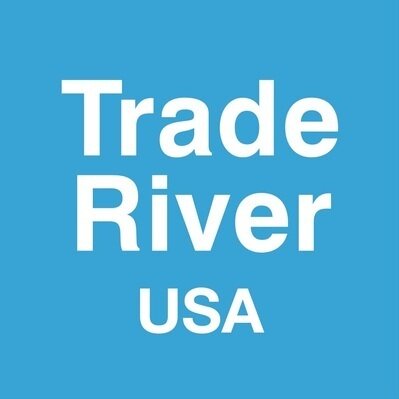Navigating the Supply Chain Terrain: Top Challenges for US Small Businesses and Innovative Solutions through Trade Finance
Small businesses in the United States are the backbone of the economy, but they face unique supply chain challenges that demand creative solutions. As we dive into 2024, these challenges have become even more pronounced. This blog explores the top supply chain challenges for US small businesses and introduces innovative ways to leverage trade finance for overcoming these hurdles.
Global Supply Chain Disruptions: The pandemic, geopolitical tensions, and natural disasters have exposed vulnerabilities in global supply chains. Small businesses in the US often lack the financial muscle to weather such disruptions. Trade finance provides a lifeline by offering flexible funding options, enabling them to navigate uncertainties and maintain a resilient supply chain.
Fluctuating Demand and Inventory Management: Small businesses grapple with the challenge of predicting and managing fluctuating demand. Trade finance can facilitate dynamic inventory management by providing access to working capital. This allows businesses to optimize stock levels, meet customer demand, and avoid excess inventory costs.
Technology Integration Costs: Integrating advanced technologies like IoT and data analytics into supply chain processes is essential for competitiveness. However, the upfront costs can be prohibitive for small businesses. Trade finance offers a means to invest in technology without compromising cash flow, fostering innovation and efficiency.
Supplier Relationship Management: Building and maintaining strong relationships with suppliers is critical. Late payments can strain these relationships.Trade finance introduces innovative solutions like early payment programs, where suppliers can receive payments ahead of schedule, improving cash flow for both parties and fostering stronger partnerships.
Regulatory Compliance and Certification Expenses: Small businesses must navigate a complex web of regulations and certifications, which often come with associated costs. Trade finance can assist by providing funds for compliance efforts, ensuring that businesses meet regulatory requirements without sacrificing financial stability.
Cash Flow Volatility: The ebb and flow of cash can be challenging for small businesses, leading to operational disruptions. Trade finance addresses this by offering working capital solutions tailored to the specific needs of businesses. This helps stabilize cash flow, providing the financial stability needed for day-to-day operations.
Sustainability Initiatives: There's an increasing emphasis on sustainability, and small businesses are under pressure to adopt eco-friendly practices. Trade finance can play a pivotal role in supporting green initiatives by providing funding for sustainable sourcing, energy-efficient processes, and eco-friendly packaging without straining immediate cash flow.
In the complex landscape of US small business supply chains, challenges abound, but innovative solutions exist. Trade finance emerges as a strategic tool, offering unique ways for small businesses to overcome hurdles, enhance resilience, and position themselves for long-term success. By leveraging trade finance, small businesses can not only address immediate challenges but also foster innovation, build stronger partnerships, and thrive in the competitive marketplace of 2024 and beyond.

